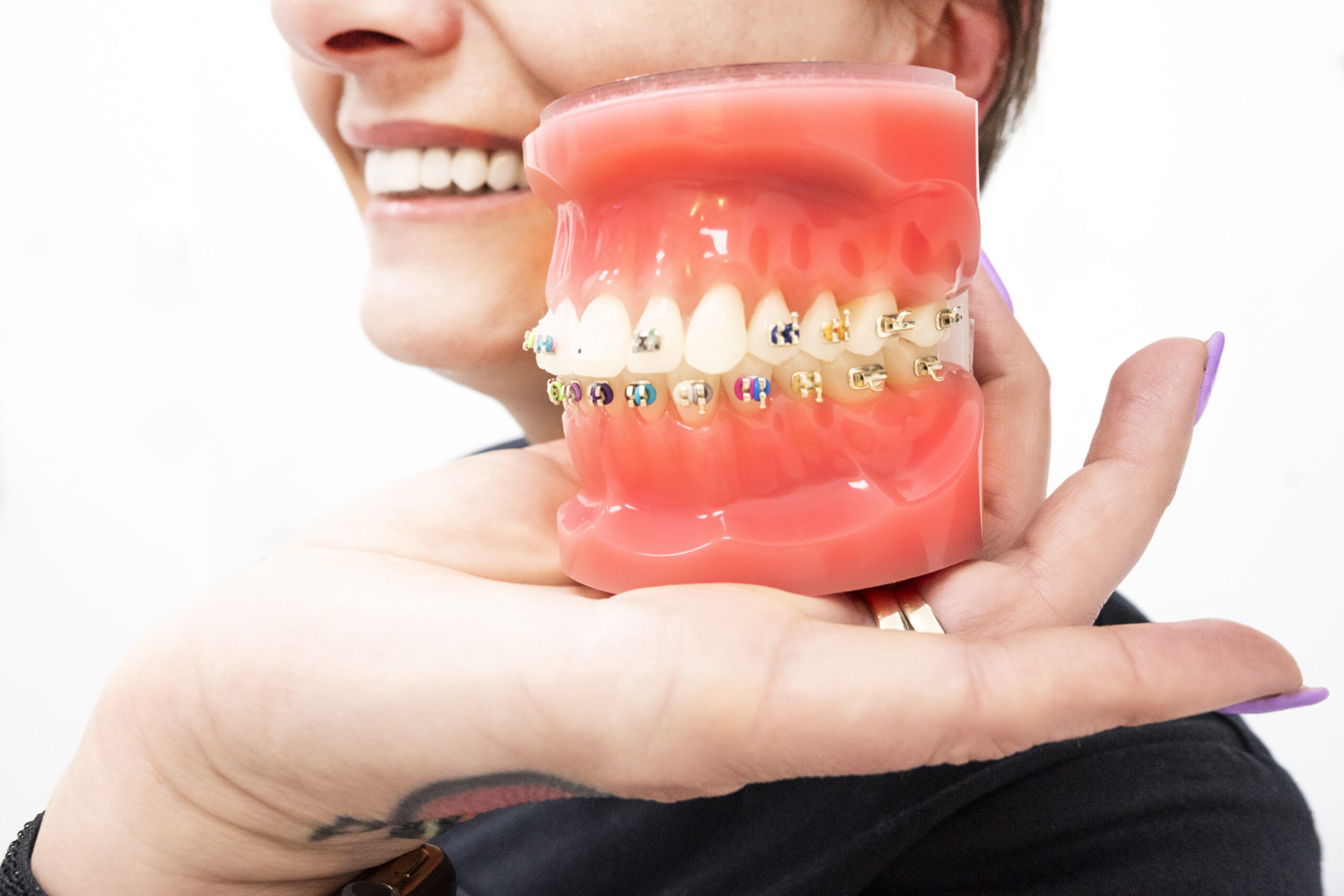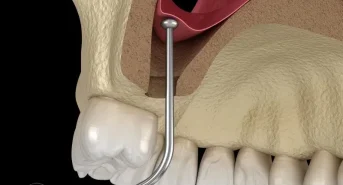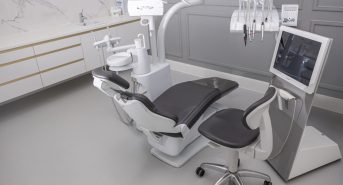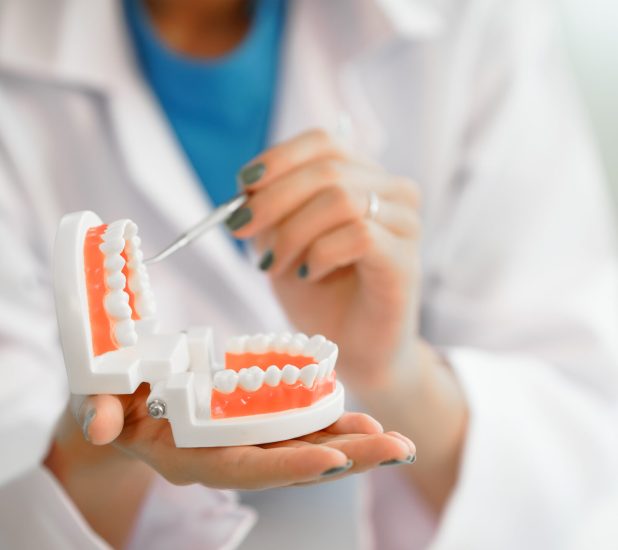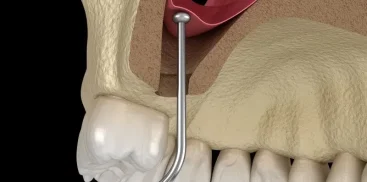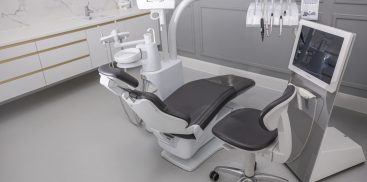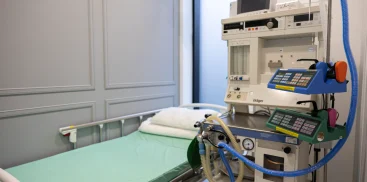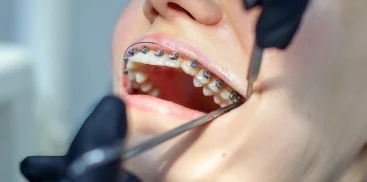People are constantly seeking ways to enhance their smiles. They often question the effectiveness of various dental procedures. Is it possible to use orthodontic braces with veneers? In this article, we will explore how combining these two treatment methods affects dental health. We will analyze the factors determining the feasibility of such a combination and propose alternative solutions for those facing this dilemma.
Veneers
To understand the implications of using braces with veneers, it’s worth familiarizing oneself with the definition of veneers. Veneers are thin layers made of porcelain or composite material that are applied to the front surface of teeth. Their main purpose is to improve smile aesthetics by altering the shape, color, size, or length of teeth. Cosmetic dental procedures, including veneer application, are common and allow for the elimination of minor imperfections. Understanding the essential properties of veneers is important to assess how they can impact orthodontic treatment.
Can braces be combined with veneers?
The answer is: yes, there is a technical possibility to combine orthodontic braces with veneers. However, the success of this combination depends on several factors, such as the patient’s dental condition, the type of orthodontic braces used, and the condition and durability of the veneers. A thorough analysis of these aspects can help individuals decide whether such a combination is suitable for them.
- Condition and durability of existing veneers: These are significant when assessing whether orthodontic braces are the right solution. Metal braces, like traditional ones, require brackets mounted on the front of teeth, which can be challenging if the veneers have altered the tooth’s shape. In the case of worn-out or low-quality veneers, there is a risk that orthodontic braces may exert excessive pressure, leading to cracks, chips, or even loss of veneers. In such situations, alternative orthodontic methods may be a safer choice.
- Type of orthodontic treatment: It influences the possibility of combining it with veneers. Traditional metal braces may be less suitable for most veneers, whereas clear aligners like Invisalign typically work well with veneers. Additionally, Invisalign does not exert direct pressure on veneers, minimizing the risk of damage. The final decision is made by the dentist, considering the patient’s dental condition.
- Evaluation of dental health: It is crucial when considering the use of both veneers and orthodontic braces. Orthodontic braces may not be recommended if there are gum diseases, cavities, or weak tooth structure. Treatment of these issues may be necessary before orthodontic braces are applied. In some cases, after orthodontic treatment, replacing old veneers with new ones may be necessary, requiring a precise assessment of dental health.
- Alignment of dental treatment schedules: It is essential for the success of both veneers and orthodontic braces. Sometimes, it is advisable to wait with veneer placement until orthodontic treatment is completed to ensure the integrity of both therapies and increase their effectiveness. Some veneer procedures, such as minimal or no-prep veneers, can facilitate the harmonious combination of these treatments.
Individualized dental treatment plans are extremely important and should be developed in collaboration with an experienced dentist. Orthodontic and cosmetic dentistry specialists can propose a personalized approach, considering the patient’s goals, needs, and concerns. Together, the best treatment plan can be developed, taking into account various orthodontic methods and the optimal timing of their implementation to achieve a healthy and attractive smile.
Feel free to visit Warsaw Dental Center in Warsaw, where our experienced orthodontic and cosmetic dentistry specialists will provide you with comprehensive care and a personalized treatment plan to achieve a healthy and attractive smile.
